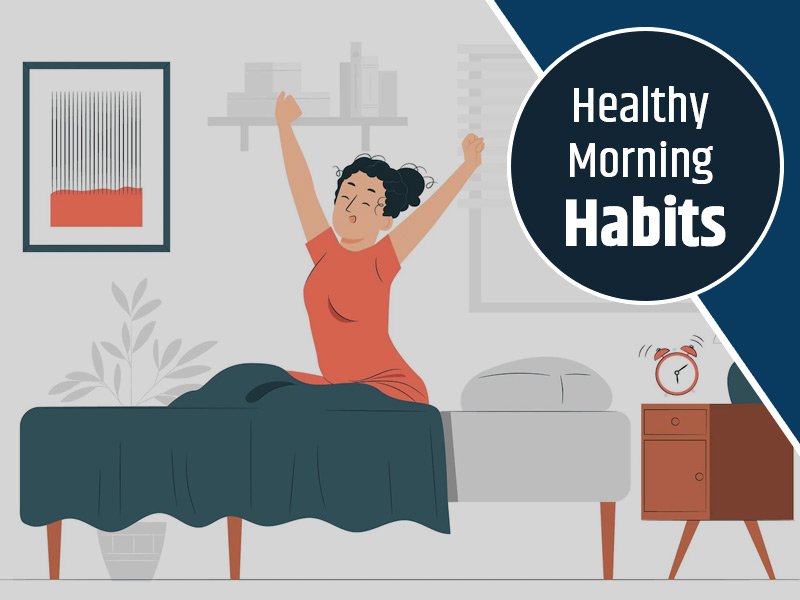Sedentarism is a growing epidemic in modern society, with more people spending hours sitting at desks, on couches, and in cars. In fact, studies show that on average, individuals spend over 10 hours each day in a sedentary position. This behavior is linked to a variety of health problems, including obesity, heart disease, and diabetes. But what exactly is sedentarism, and why should we be concerned about it? In this article, we’ll explore the dangers of prolonged inactivity and provide actionable solutions to break free from this dangerous cycle.

What Is Sedentarism?
Sedentarism refers to a lifestyle characterized by prolonged periods of inactivity, particularly sitting or lying down. It can occur in many different settings, from office jobs to entertainment habits such as watching TV or playing video games. Despite the common association with desk jobs, sedentarism affects people of all ages and backgrounds. The key concern is that the human body wasn’t designed for extended periods of immobility.
The Risks of Sedentarism on Health
-
Increased Risk of Mortality
Studies indicate that sedentarism is directly associated with a higher risk of early death. Prolonged sitting, even for those who engage in regular physical activity, increases the risk of mortality by up to 49%, according to a report in the Journal of the American Medical Association. -
Metabolic Consequences
Sedentarism can disrupt your metabolism, increasing your risk of developing metabolic diseases like type 2 diabetes. After just 24 hours of sitting, insulin resistance can spike by 40%, even in people who are otherwise healthy. -
Heart Disease
The American Heart Association has linked prolonged sitting to an increased risk of cardiovascular diseases. When we sit for long periods, blood circulation slows, and fat begins to accumulate around the organs, which can lead to heart problems over time. -
Musculoskeletal Issues
Sitting for long periods puts pressure on your spine and weakens your muscles, leading to back pain, neck stiffness, and poor posture. Over time, this can lead to chronic pain and discomfort. -
Cognitive Decline
Inactivity is also associated with cognitive decline. Research has shown that sitting for prolonged periods reduces blood flow to the brain, affecting cognitive performance and increasing the risk of dementia.
How to Combat Sedentarism: Practical Tips for a Healthier Lifestyle
Breaking free from the cycle of sedentarism requires a proactive approach. Below are some simple steps you can take to improve your physical activity levels:
-
Move More at Work
If you have a desk job, make it a point to stand up every hour. Consider a standing desk or take brief walks around the office. You can also use apps or alarms to remind you to take a break. -
Incorporate Movement into Daily Activities
Engage in activities that naturally involve movement, such as walking or cycling to work, cleaning, or even gardening. These non-exercise activities, known as NEAT (Non-Exercise Activity Thermogenesis), can significantly improve your health. -
Take the Stairs
Skip the elevator and opt for the stairs whenever possible. Climbing stairs is a great way to strengthen your legs and boost cardiovascular health. -
Exercise Regularly
While movement throughout the day is crucial, regular physical exercise is still essential. Aim for at least 150 minutes of moderate-intensity exercise each week, such as brisk walking, jogging, or cycling. -
Take Active Breaks
Instead of scrolling through your phone during breaks, use that time for a quick stretch, walk, or light exercise. This can help counteract the effects of prolonged sitting and refresh your body. -

Rear View Of Woman Working From Home On Computer In Home Office Stretching At Desk
Why Technology Matters: Can It Help or Harm?
Technology plays a significant role in promoting sedentarism. While devices and gadgets encourage us to sit for long periods, they can also be used to promote more movement. Fitness trackers, for example, can help you set daily movement goals and remind you to get up. Additionally, apps that encourage standing or walking challenges can provide motivation to move more.
However, it’s important to be mindful of the amount of time spent using devices. Incorporating technology in a healthy way means using it as a tool to improve your health rather than hinder it.
Breaking the Cycle: Sustainable Solutions
The good news is that combating sedentarism doesn’t require drastic lifestyle changes. Small, consistent improvements can make a significant impact on your overall health. Here are a few sustainable solutions:
-
Set Daily Movement Goals: Aim to take 10,000 steps a day, or set a goal for 30 minutes of physical activity.
-
Create a Routine: Incorporate movement into your daily routine, like taking the stairs or walking during lunch breaks.
-
Make Movement Fun: Find activities you enjoy, such as dancing, sports, or hiking, to make staying active feel less like a chore.
Conclusion: Prioritize Movement for Better Health
Sedentarism is a growing issue with serious consequences for our health, but the solution is within reach. By making small adjustments to our daily routines and prioritizing movement, we can significantly reduce the risks associated with prolonged inactivity. Remember, it’s not just about hitting the gym; it’s about staying active throughout the day. So, stand up, take a walk, and make movement a priority!
If you’re looking for ways to support your metabolism alongside a more active lifestyle, consider checking out Java Burn, a product designed to help accelerate your metabolism and support weight management.
For more tips on maintaining a healthy lifestyle, check out our article on Healthy Morning Habits: Rituals to Start Your Day Like a Pro.




Pingback: Java Burn Review 2025: Does It Really Boost Metabolism? - Smart Choice Market